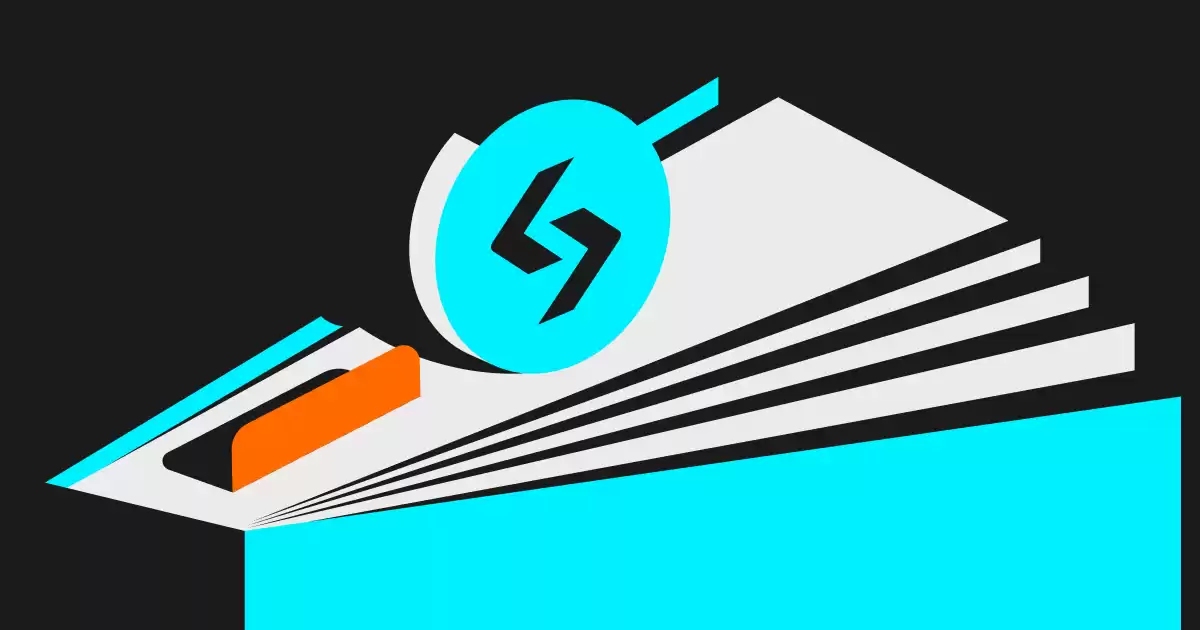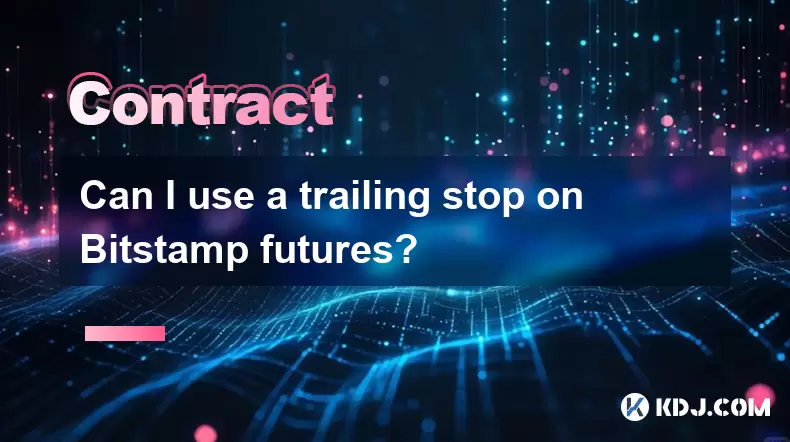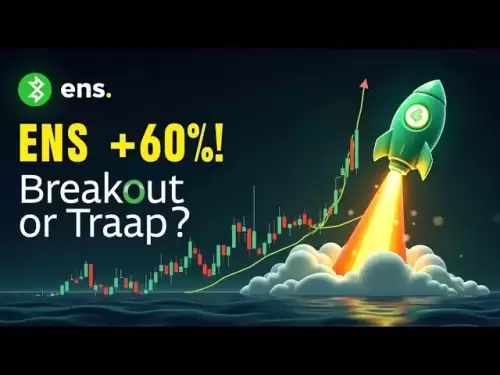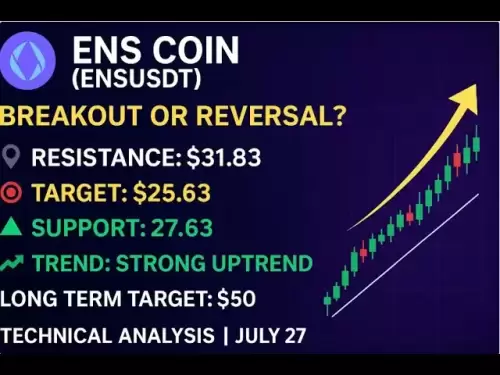-
 Bitcoin
Bitcoin $117900
0.31% -
 Ethereum
Ethereum $3766
0.28% -
 XRP
XRP $3.176
-0.31% -
 Tether USDt
Tether USDt $1.000
0.00% -
 BNB
BNB $795.6
1.51% -
 Solana
Solana $186.8
-1.09% -
 USDC
USDC $0.9999
-0.01% -
 Dogecoin
Dogecoin $0.2353
-1.33% -
 TRON
TRON $0.3226
1.49% -
 Cardano
Cardano $0.8172
-1.08% -
 Sui
Sui $4.178
3.06% -
 Hyperliquid
Hyperliquid $43.05
-3.39% -
 Stellar
Stellar $0.4367
-0.57% -
 Chainlink
Chainlink $18.62
1.47% -
 Hedera
Hedera $0.2828
6.63% -
 Bitcoin Cash
Bitcoin Cash $584.7
5.65% -
 Avalanche
Avalanche $24.81
2.53% -
 Litecoin
Litecoin $112.8
-0.88% -
 UNUS SED LEO
UNUS SED LEO $8.975
-0.08% -
 Shiba Inu
Shiba Inu $0.00001395
-1.07% -
 Toncoin
Toncoin $3.285
-1.05% -
 Ethena USDe
Ethena USDe $1.001
0.01% -
 Polkadot
Polkadot $4.123
0.76% -
 Uniswap
Uniswap $10.49
-0.18% -
 Monero
Monero $326.5
0.14% -
 Dai
Dai $0.9999
-0.02% -
 Bitget Token
Bitget Token $4.576
0.34% -
 Pepe
Pepe $0.00001247
-1.55% -
 Cronos
Cronos $0.1400
3.77% -
 Aave
Aave $295.1
-0.73%
How to play Bitget contracts
Bitget's contract trading platform caters to various skill levels, providing user-friendly features, risk management tools, and advanced strategies for successful participation in cryptocurrency markets.
Nov 13, 2024 at 03:50 pm

How to Play Bitget Contracts: A Comprehensive Guide
Bitget, a leading cryptocurrency exchange, offers a wide range of contract trading options, catering to both novice and experienced traders. This guide provides a detailed overview of how to navigate the Bitget contract trading platform and successfully participate in these markets.
1. Registration and Verification
Step 1: Create an Account
Visit the Bitget website and click on "Register" to initiate the account creation process. Enter your email address, choose a password, and agree to the terms of service.
Step 2: Identity Verification
To enhance security and comply with regulations, Bitget requires users to complete identity verification. Click on "Verify Now" in your account settings and provide the necessary personal information and supporting documents.
Step 3: Fund Your Account
Once your account is verified, you can fund it to begin trading contracts. Bitget supports deposits via various methods, including cryptocurrencies, fiat currencies, and credit/debit cards.
2. Understanding Contract Trading
Step 1: Contract Basics
Contracts are financial instruments that allow traders to speculate on the future price of an underlying asset, such as Bitcoin or Ethereum. Contracts have a specified expiry date and a multiplier that determines the potential profit or loss.
Step 2: Long and Short Positions
Traders can take two types of positions in a contract: long or short. A long position represents the expectation of a price increase, while a short position represents the expectation of a price decrease.
Step 3: Leverage and Margin
Leverage allows traders to borrow funds to amplify their trading size. However, it also increases the potential risk of losses. Margin is the amount of collateral traders need to maintain in their account to cover potential losses.
3. Navigating the Bitget Contract Trading Platform
Step 1: Main Interface
The Bitget contract trading platform features a user-friendly interface. The main screen displays the current prices and order book for the selected contract.
Step 2: Order Types
Bitget offers a range of order types to suit different trading strategies. These include limit orders, market orders, stop orders, and stop-limit orders.
Step 3: Placing an Order
To place an order, select the contract you wish to trade and enter the quantity, price, and order type. Click "Buy/Long" or "Sell/Short" to execute the order.
4. Managing Risk and Stop Losses
Step 1: Setting Stop Losses
A stop loss order is an essential risk management tool that helps protect against excessive losses. It automatically exits a position when the price reaches a predefined level.
Step 2: Tracking Positions
The "Positions" tab provides an overview of open and closed positions. It displays key information such as profit/loss, entry price, and margin level.
Step 3: Managing Margin
Traders should regularly monitor their margin levels to avoid liquidation. Margin levels can be increased by adding additional collateral or reducing the size of open positions.
5. Advanced Trading Strategies
Step 1: Using Indicators and Tools
Bitget offers a range of trading indicators and technical analysis tools to assist traders in making informed decisions. These tools can help identify trends and support or resistance levels.
Step 2: Hedging Positions
Hedging involves creating opposite positions in different contracts to reduce overall risk. This strategy can help protect against significant losses in case of adverse price movements.
Step 3: Grid Trading
Grid trading is an automated trading strategy where orders are placed at a series of predetermined price levels to capture small price increments or decrements.
6. Withdrawal and Settlement
Step 1: Withdrawing Funds
Traders can withdraw their funds by submitting a withdrawal request from their account. Bitget supports withdrawals to both cryptocurrency wallets and bank accounts.
Step 2: Settling Contracts
Contracts can be settled either physically or in cash. Physical settlement involves delivering the underlying asset, while cash settlement involves the exchange of the difference in price at the contract's expiry.
Disclaimer:info@kdj.com
The information provided is not trading advice. kdj.com does not assume any responsibility for any investments made based on the information provided in this article. Cryptocurrencies are highly volatile and it is highly recommended that you invest with caution after thorough research!
If you believe that the content used on this website infringes your copyright, please contact us immediately (info@kdj.com) and we will delete it promptly.
- Crypto ETFs and Altcoins: Navigating the Wild West with Meme Coins and Tokenized Assets
- 2025-07-27 23:04:06
- Pi Coin in 2026: Will It Be Worth the Wait?
- 2025-07-27 23:10:12
- Dogecoin Price Prediction: Bullish W Pattern Sparks Hope for $1 DOGE
- 2025-07-27 23:15:21
- Bitcoin Price, Portfolio Growth, and the Remittix Alternative: Navigating the Crypto Landscape
- 2025-07-27 23:04:06
- Cryptos to Watch in 2025: Punisher Coin, Chainlink, and the Altcoin Arena
- 2025-07-27 18:30:13
- Bitcoin, Altcoins, Rebound: Navigating the Crypto Comeback Trail
- 2025-07-27 18:30:13
Related knowledge

Why is my Bitstamp futures position being liquidated?
Jul 23,2025 at 11:08am
Understanding Futures Liquidation on BitstampFutures trading on Bitstamp involves borrowing funds to open leveraged positions, which amplifies both po...

Does Bitstamp offer inverse contracts?
Jul 23,2025 at 01:28pm
Understanding Inverse Contracts in Cryptocurrency TradingIn the realm of cryptocurrency derivatives, inverse contracts are a specific type of futures ...

What is the difference between futures and perpetuals on Bitstamp?
Jul 27,2025 at 05:08am
Understanding Futures Contracts on BitstampFutures contracts on Bitstamp are financial derivatives that allow traders to speculate on the future price...

How to find your Bitstamp futures trade history?
Jul 23,2025 at 08:07am
Understanding Bitstamp and Futures Trading AvailabilityAs of the current state of Bitstamp’s service offerings, it is critical to clarify that Bitstam...

Can I use a trailing stop on Bitstamp futures?
Jul 23,2025 at 01:42pm
Understanding Trailing Stops in Cryptocurrency TradingA trailing stop is a dynamic type of stop-loss order that adjusts automatically as the price of ...

Can I use a trailing stop on Bitstamp futures?
Jul 25,2025 at 02:28am
Understanding Trailing Stops in Cryptocurrency Futures TradingA trailing stop is a dynamic type of stop-loss order that adjusts automatically as the m...

Why is my Bitstamp futures position being liquidated?
Jul 23,2025 at 11:08am
Understanding Futures Liquidation on BitstampFutures trading on Bitstamp involves borrowing funds to open leveraged positions, which amplifies both po...

Does Bitstamp offer inverse contracts?
Jul 23,2025 at 01:28pm
Understanding Inverse Contracts in Cryptocurrency TradingIn the realm of cryptocurrency derivatives, inverse contracts are a specific type of futures ...

What is the difference between futures and perpetuals on Bitstamp?
Jul 27,2025 at 05:08am
Understanding Futures Contracts on BitstampFutures contracts on Bitstamp are financial derivatives that allow traders to speculate on the future price...

How to find your Bitstamp futures trade history?
Jul 23,2025 at 08:07am
Understanding Bitstamp and Futures Trading AvailabilityAs of the current state of Bitstamp’s service offerings, it is critical to clarify that Bitstam...

Can I use a trailing stop on Bitstamp futures?
Jul 23,2025 at 01:42pm
Understanding Trailing Stops in Cryptocurrency TradingA trailing stop is a dynamic type of stop-loss order that adjusts automatically as the price of ...

Can I use a trailing stop on Bitstamp futures?
Jul 25,2025 at 02:28am
Understanding Trailing Stops in Cryptocurrency Futures TradingA trailing stop is a dynamic type of stop-loss order that adjusts automatically as the m...
See all articles

























































































